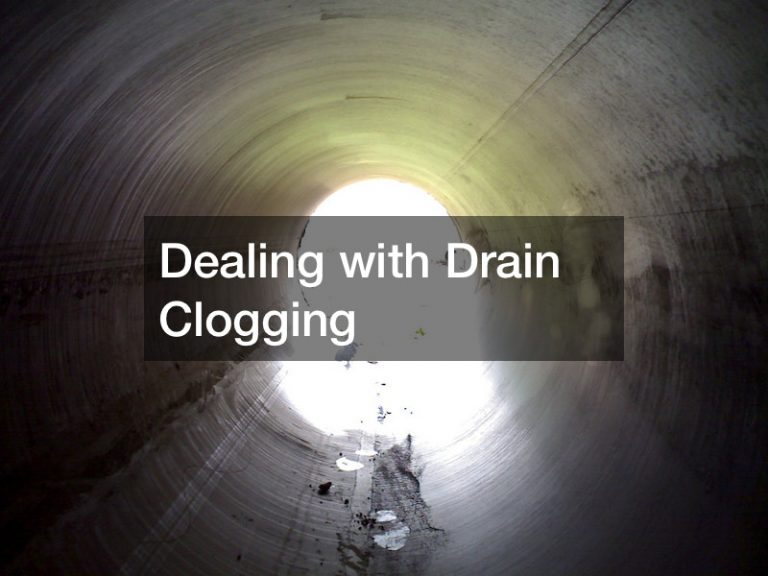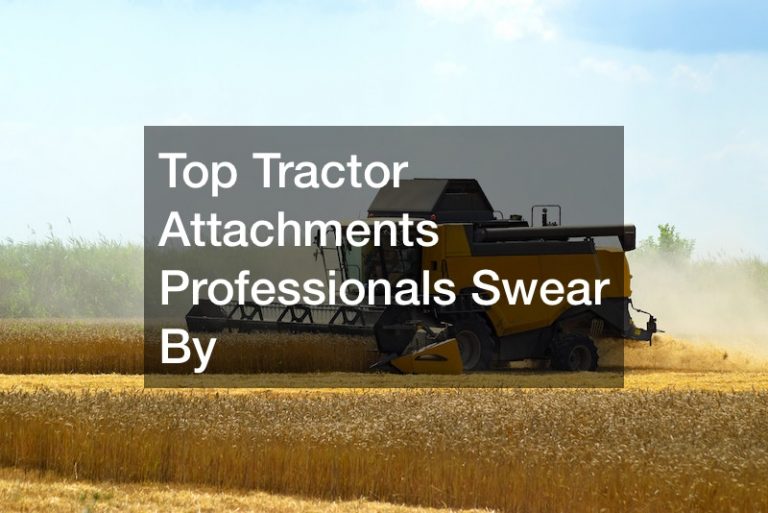How Do Professionals Replace Mill Liners?

Replacing mill liners is a critical task that requires expertise and precision to ensure the continued efficiency and safety of milling operations. Understanding the process of how to replace mill liners can help in appreciating the complexity and importance of this maintenance activity.
Planning and Preparation
The first step in how to replace mill liners involves thorough planning and preparation. Professionals conduct a detailed assessment of the mill to determine the wear patterns and the specific liner requirements.
This stage includes gathering all necessary tools, equipment, and the appropriate replacement liners. Proper planning ensures that the replacement process is efficient and minimizes downtime.
Safety Measures
Safety is paramount when replacing mill liners. Professionals adhere to stringent safety protocols to protect themselves and their team. This includes using personal protective equipment (PPE), following lockout/tagout procedures to ensure the mill is completely shut down and de-energized, and setting up barriers or signs to alert others of the maintenance work in progress.
Removal of Old Liners
The next step in how to replace mill liners is the removal of the old, worn-out liners. This involves loosening and removing the bolts or fasteners that hold the liners in place. Depending on the type of mill and liner, this task can be physically demanding and may require the use of specialized lifting equipment to safely handle the heavy liners.
Installation of New Liners
Once the old liners are removed, professionals carefully clean the mill shell to remove any debris or residue. The new liners are then positioned and secured in place. This step requires precision to ensure that the liners are installed correctly and that there are no gaps or misalignments. Proper installation is crucial for optimal mill performance and longevity.
Inspection and Testing
After the new liners are installed, a thorough inspection is conducted to verify the quality of the installation. Professionals check for proper alignment, secure fastening, and any potential issues that may need addressing. The mill is then tested to ensure that it operates smoothly and efficiently with the new liners in place.
Documentation and Reporting
The final step in the process of how to replace mill liners involves documenting the work done and reporting any findings or recommendations. This documentation is essential for future reference and helps in tracking the maintenance history of the mill.
By following these detailed steps, professionals ensure that the replacement of mill liners is done safely, efficiently, and effectively, maintaining the high performance and reliability of the milling operation.
.








